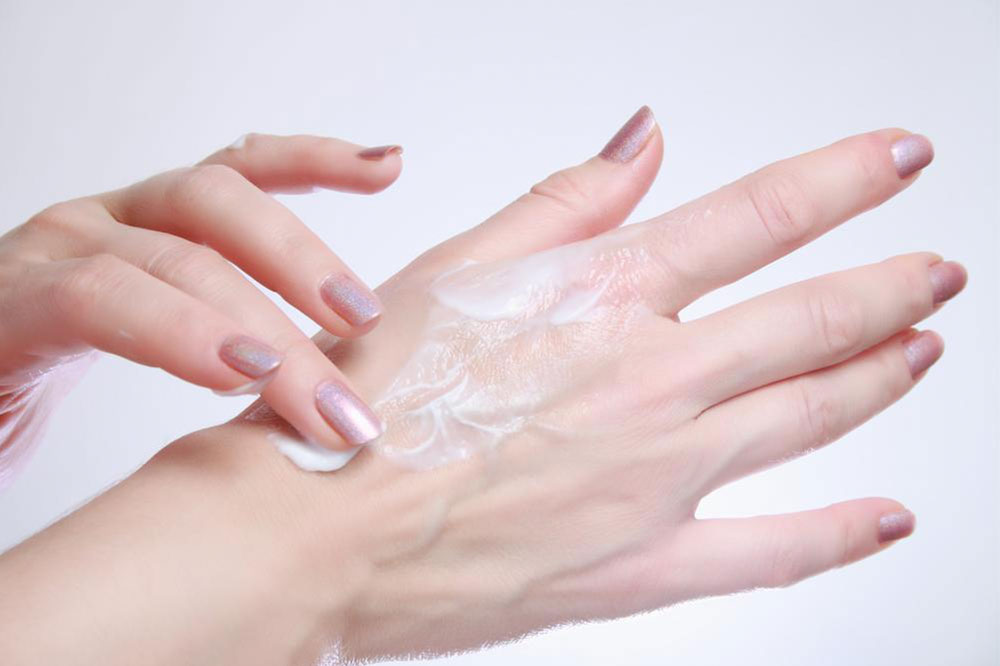Comprehensive Guide to Plaque Psoriasis: Symptoms, Variations, and Effective Treatment Options
Plaque psoriasis, the most common form of psoriasis, presents as dry, thick patches covered with silvery scales, mainly affecting elbows, knees, and scalp. While its causes remain uncertain, understanding the different types—small, large, unstable, and stable—is crucial for effective management. Though there is no cure, treatments like topical ointments, phototherapy, and systemic medications greatly improve symptoms. Managing triggers and making lifestyle adjustments are essential for controlling flare-ups and maintaining skin health. This comprehensive guide offers insights into symptoms, types, and current treatment options for plaque psoriasis, aiming to help patients gain better control and quality of life.

Comprehensive Guide to Plaque Psoriasis: Symptoms, Variations, and Effective Treatment Options
Plaque psoriasis, also known as psoriasis vulgaris, stands out as the most common form of psoriasis worldwide, representing approximately 80% of all cases. Despite being so widespread, its precise causes remain a topic of ongoing research, with scientists suggesting a combination of genetic, immune, and environmental factors contributing to its development. While there is currently no definitive cure for plaque psoriasis, advancements in medical science have provided a variety of treatment strategies that effectively manage symptoms, reduce flare-ups, and improve quality of life for sufferers.
Recognizing the Signs and Symptoms of Plaque Psoriasis
One of the hallmark features of plaque psoriasis is the appearance of dry, raised patches on the skin. These patches, often termed plaques, are characterized by their thick, inflamed nature and the characteristic silvery-white scales that form on their surface. The severity, size, and distribution of these patches can vary greatly from person to person, influenced by factors such as genetics, immune response, and external triggers.
The typical plaques are usually itchy, sometimes intensely so, which can lead to discomfort and even secondary infection if scratched excessively. The skin within these lesions can be flaky, crusty, and sometimes cracked—further compounding discomfort. The appearance of these lesions can range from small, pinpoint patches to large, confluent areas covering substantial portions of the body. Their distribution commonly includes areas like elbows, knees, scalp, lower back, and genital regions, but they can appear anywhere on the skin.
This silvery, flaky coating on the skin, known as scale, results from the rapid accumulation of skin cells that are produced more quickly than normal. These scales can be flaky, crusty, and sometimes adhere tightly to the skin, leading to discomfort and increased risk of infection. Understanding the nature of these scales helps in tailoring effective management strategies for individuals suffering from psoriasis.
Types of Plaque Psoriasis and Their Characteristics
Understanding the different types of plaque psoriasis is crucial for effective management. Each type presents with unique features and may require tailored treatment approaches to achieve optimal results.
1. Small Plaque Psoriasis
Small plaques are characterized by tiny patches that typically measure just a few centimeters across. These individual lesions can either remain separate or gradually merge into larger patches over time. The lesions tend to have a pinkish hue underneath the scale, with fine, flaky crusts sitting atop. They often respond well to light therapy, making this a common treatment choice. Usually observed in adults over 40, small plaque psoriasis can occasionally develop in younger populations as well, reflecting its varied onset.
2. Large Plaque Psoriasis
Large plaques are more prominent and more challenging to treat. These patches are usually well-defined, with a reddish, inflamed top layer and a thick, whitish-silver scale covering them. They often have a sizable footprint and can severely impact quality of life due to itching and discomfort. Large plaque psoriasis tends to affect individuals under 40, with genetics, metabolic conditions like hyperlipidemia, and blood sugar imbalances playing notable roles in its manifestation. Managing large patches often involves a combination of topical, systemic, and phototherapy treatments.
3. Unstable Plaque Psoriasis
Unstable psoriasis is characterized by active lesions that tend to enlarge, lose their regular shape, and sometimes fuse with neighboring patches. This condition can lead to the emergence of new plaques, making disease control more complex. Patients may experience fluctuating severity levels, requiring careful monitoring and adapted treatment strategies from healthcare providers.
4. Stable Plaque Psoriasis
Stable or chronic plaque psoriasis presents with persistent patches that tend to recur in specific areas, such as elbows, knees, scalp, and torso. These patches are often symmetrical, appearing similarly on both sides of the body. For many patients, stable plaque psoriasis is a long-term condition, managed effectively through ongoing treatments aimed at maintaining remission and preventing exacerbations.
Psoriasis on the Scalp and Facial Areas
Psoriasis isn't confined to just the body; it can also affect sensitive regions like the scalp and face. On the scalp, it manifests as reddish, itchy areas covered with silvery scales, often accompanied by dandruff-like flaking. These patches can lead to dry, cracked skin that may bleed, and in some cases, cause temporary hair loss. Facial psoriasis tends to appear as dry, scaly, reddish patches around sensitive regions like the forehead and cheeks, requiring prompt dermatological treatment to prevent worsening and scarring.
Effective Management Strategies for Plaque Psoriasis
While there is no cure for psoriasis, various strategies can significantly reduce symptoms and improve skin health. Management involves a combination of lifestyle adjustments, topical medications, phototherapy, and systemic treatments. The goal is to minimize flare-ups, reduce inflammation, and prevent lesions from spreading.
Topical Treatments: These are the first-line therapies for localized psoriasis. Corticosteroid creams reduce inflammation and suppress immune activity within the skin. Other topical agents include vitamin D analogs like calcipotriol, coal tar, moisturizers, and salicylic acid, which help remove scales and soothe the skin.
Phototherapy: Controlled exposure to ultraviolet light (UVB or UVA) in clinical settings can inhibit abnormal skin cell growth and diminish inflammatory responses. Phototherapy is particularly effective for widespread or stubborn plaques but requires professional supervision to minimize risks, such as skin aging or carcinogenesis.
Systemic and Biologic Therapies: For severe or unresponsive psoriasis, systemic medications like methotrexate, cyclosporine, or newer biologics target specific immune pathways involved in psoriasis. These treatments are typically prescribed under specialist supervision due to potential side effects and the need for regular monitoring.
Ongoing research continues to uncover new treatments and management strategies, promising better control and quality of life for psoriasis patients. Lifestyle modifications—such as avoiding known triggers including stress, infections, certain medications, and skin injuries—also play a vital role in disease management. Maintaining healthy skin hydration, adopting an anti-inflammatory diet, and practicing stress-reduction techniques can further aid in controlling flare-ups.





